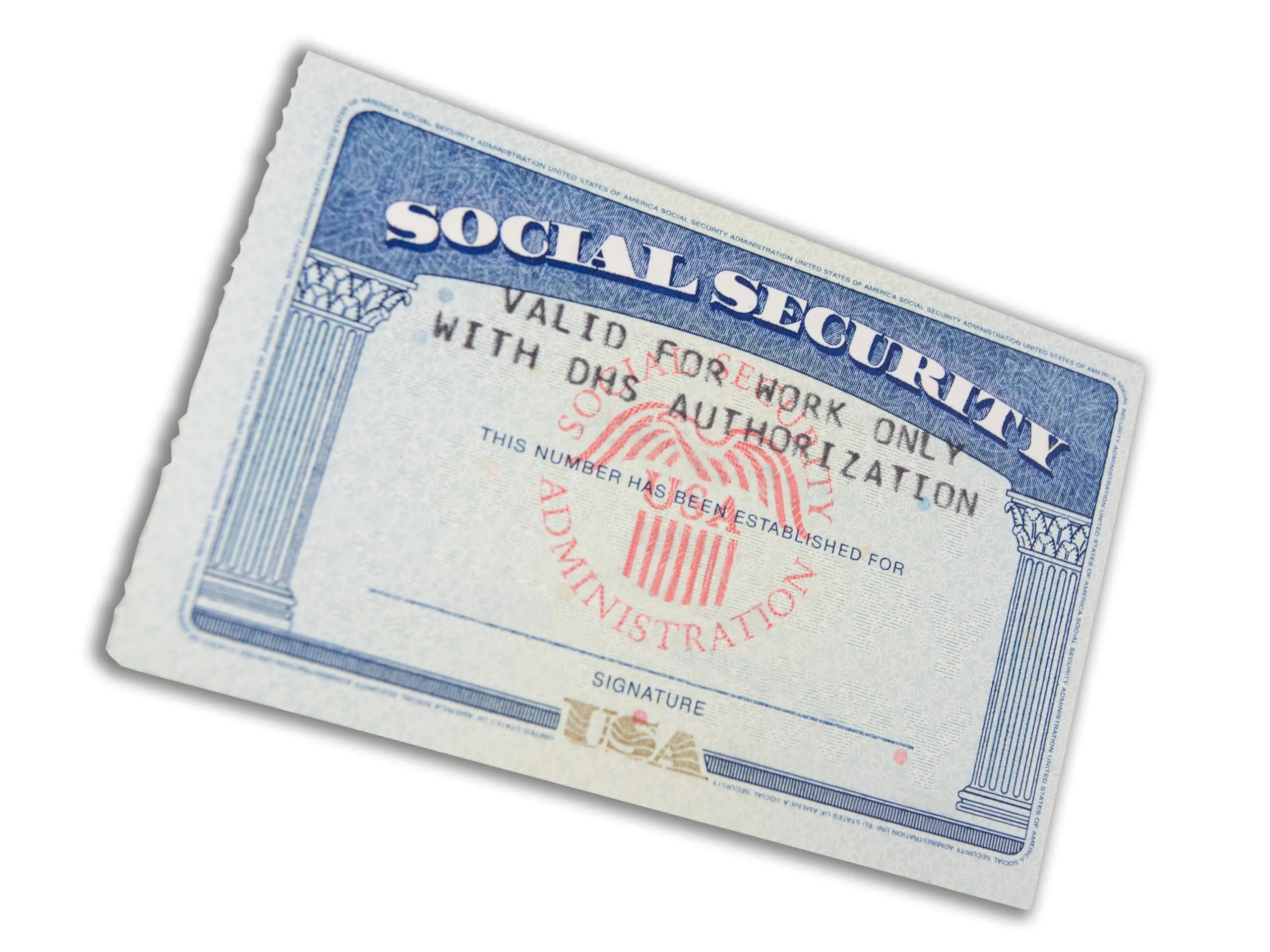Reuters, the New York Times, ABC News, Bloomberg, CNBC, and AP contributed to this report.
Japan’s long-running recovery just hit a speed bump.
Fresh data out Monday show the economy shrank at an annualised 1.8% pace in the July–September quarter, its first contraction in six quarters. On a quarterly basis, GDP slipped 0.4%, a smaller drop than economists had pencilled in but enough to underline how fragile growth has become.
The main culprit: exports.
Sales abroad fell 4.5% on an annualised basis as new US tariffs kicked in, dealing a direct blow to Japan’s export-heavy manufacturers, especially automakers. Carmakers had front-loaded shipments earlier in the year to beat the tariff deadline, which flattered previous quarters and made this one look even weaker as volumes snapped back.
A new trade deal with Washington has locked in a 15% tariff on most Japanese imports to the US — lower than the previously threatened 25% but still a big drag for an economy that has long relied on sending cars and parts overseas.
Net exports shaved 0.2 percentage point off growth, reversing their positive contribution from the spring.
On top of trade woes, housing was another major weak spot.
Private residential investment plunged 9.4% quarter-on-quarter (over 30% annualised) after stricter building and energy-efficiency rules came into force in April. The regulation change triggered a sharp drop in new housing starts and became a one-off yet heavy drag on GDP.
Economists stress that this is more about timing and rules than genuine demand falling off a cliff — but it still hurt headline growth in Q3.
Domestic demand helped soften the blow but couldn’t fully offset the external shock.
- Private consumption – which makes up more than half of GDP – inched up just 0.1%, matching forecasts but slowing from the previous quarter as households wrestle with higher food and energy costs and weak real wage growth.
- Government consumption rose around 0.5%, giving a modest lift to public demand.
- Capital expenditure was the bright spot, climbing 1.0% and beating expectations, as firms pressed ahead with investment in factories and equipment despite a softer outlook.
“Private consumption rose for the sixth straight quarter, and capital expenditure increased for the fourth consecutive quarter,” Economic Revitalisation Minister Minoru Kiuchi noted, arguing the overall trend still points to a “moderate recovery.”
Because the contraction came in milder than feared — economists had expected a 2.5% annualised drop — many analysts see Q3 as a setback rather than the start of a full-blown recession.
Even so, the weak print complicates life for the Bank of Japan.
Growth momentum is one of the factors the BOJ weighs when deciding whether to keep nudging interest rates up from near-zero. After Monday’s numbers, a December rate hike looks less likely, with some economists openly warning that tightening policy into a slowdown would be a mistake.
“This kind of contraction makes a year-end hike hard to justify,” is the broad market takeaway, even if inflation has been sitting at or above the BOJ’s 2% target for more than three years.
Many forecasters still expect positive growth in the October–December quarter, arguing that the tariff shock and housing adjustment are mostly one-off hits that should fade.
For Prime Minister Sanae Takaichi, who took office in October and campaigned on reviving the economy, the data play directly into her push for a big spending plan.
Her government is putting the finishing touches on an economic package expected to exceed ¥17 trillion (about $110 billion), including support for households facing higher living costs and incentives for wage growth. Tokyo also wants to ramp up investment in “growth areas” such as AI, semiconductors and shipbuilding.
Economists see those measures helping to underpin consumption in early 2026, even if they add to concerns about Japan’s already heavy public debt.
For now, the consensus is that Q3’s contraction is more tariff shock + housing rules than a classic downturn driven by collapsing demand.
Private analysts are generally pencilling in around 0.6% growth for the fourth quarter, assuming exports stabilise and the drag from the building code change eases. But with US tariffs still in place, real wages under pressure and global growth uncertain, Japan doesn’t have much cushion if another shock hits.
The message from Monday’s numbers: Japan’s recovery isn’t over — but it’s a lot more fragile than it looked just a few months ago.










The latest news in your social feeds
Subscribe to our social media platforms to stay tuned